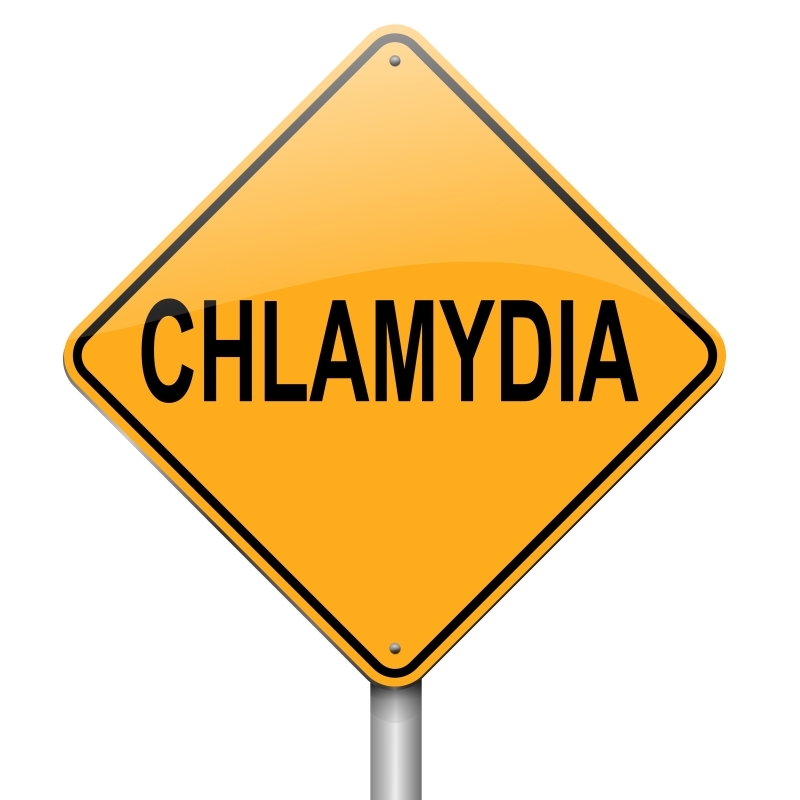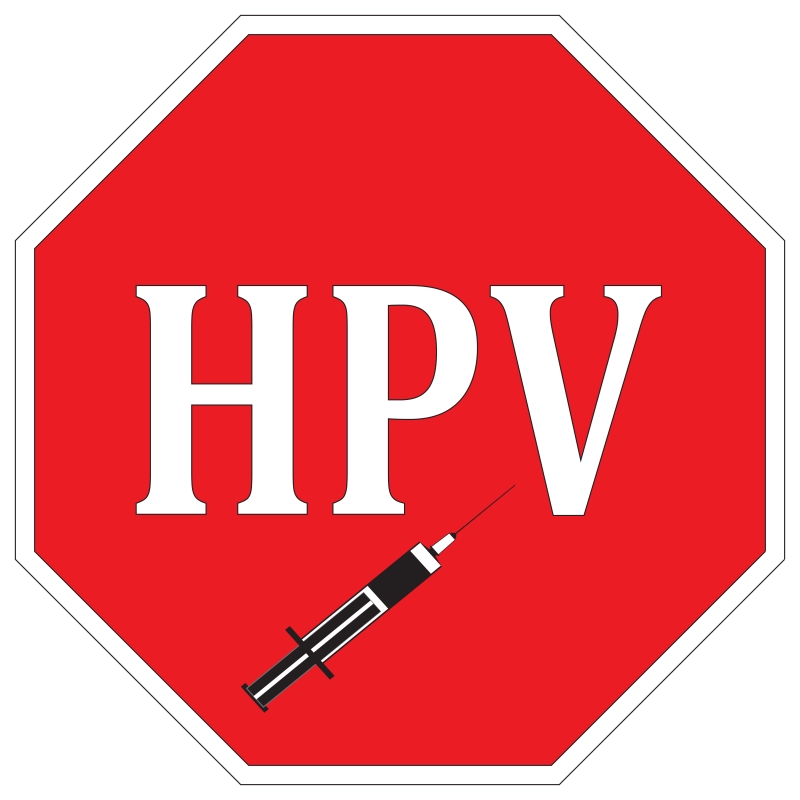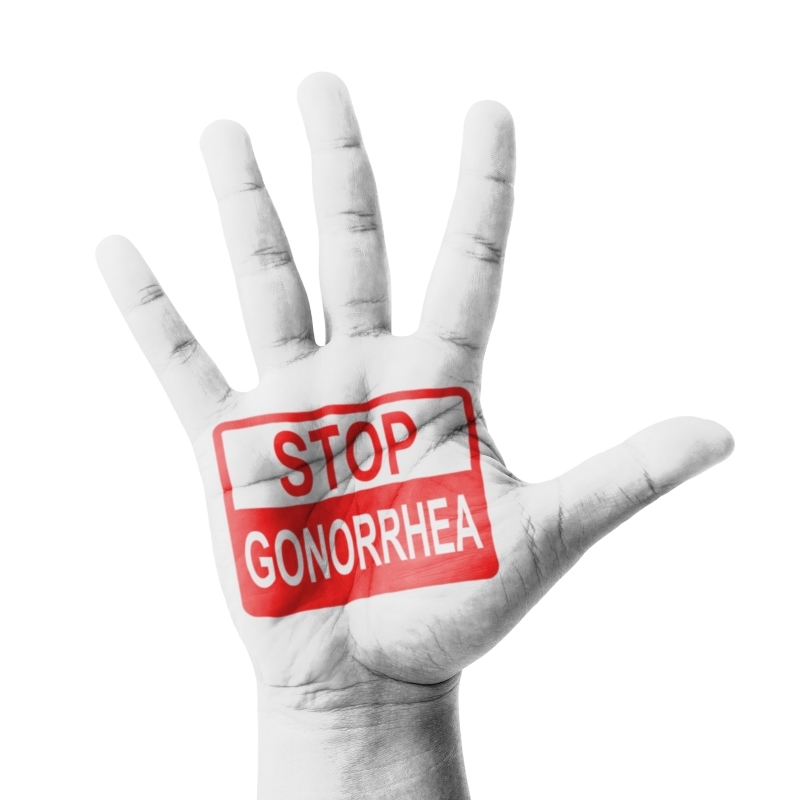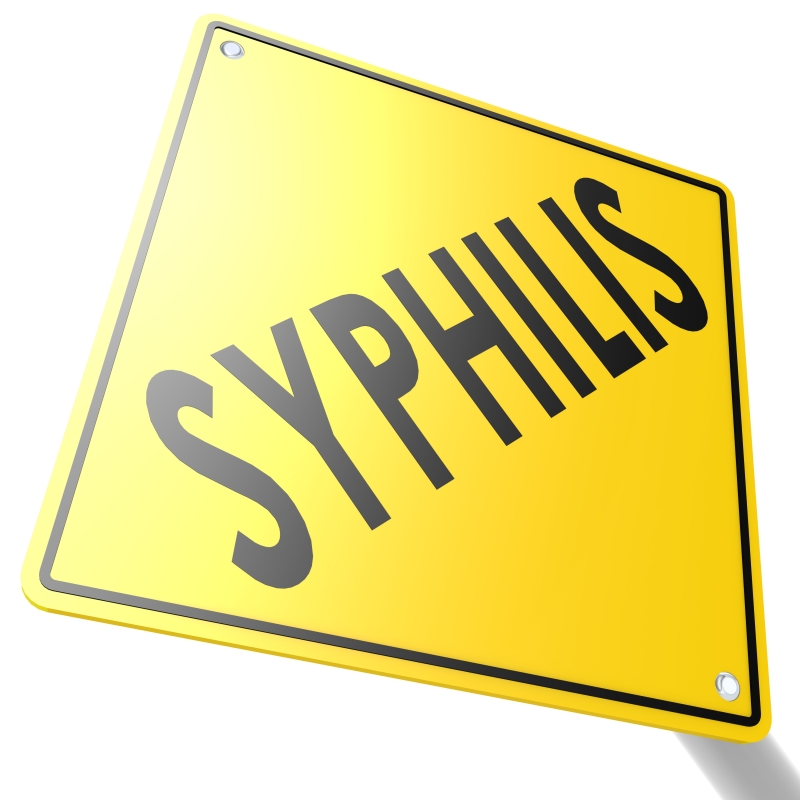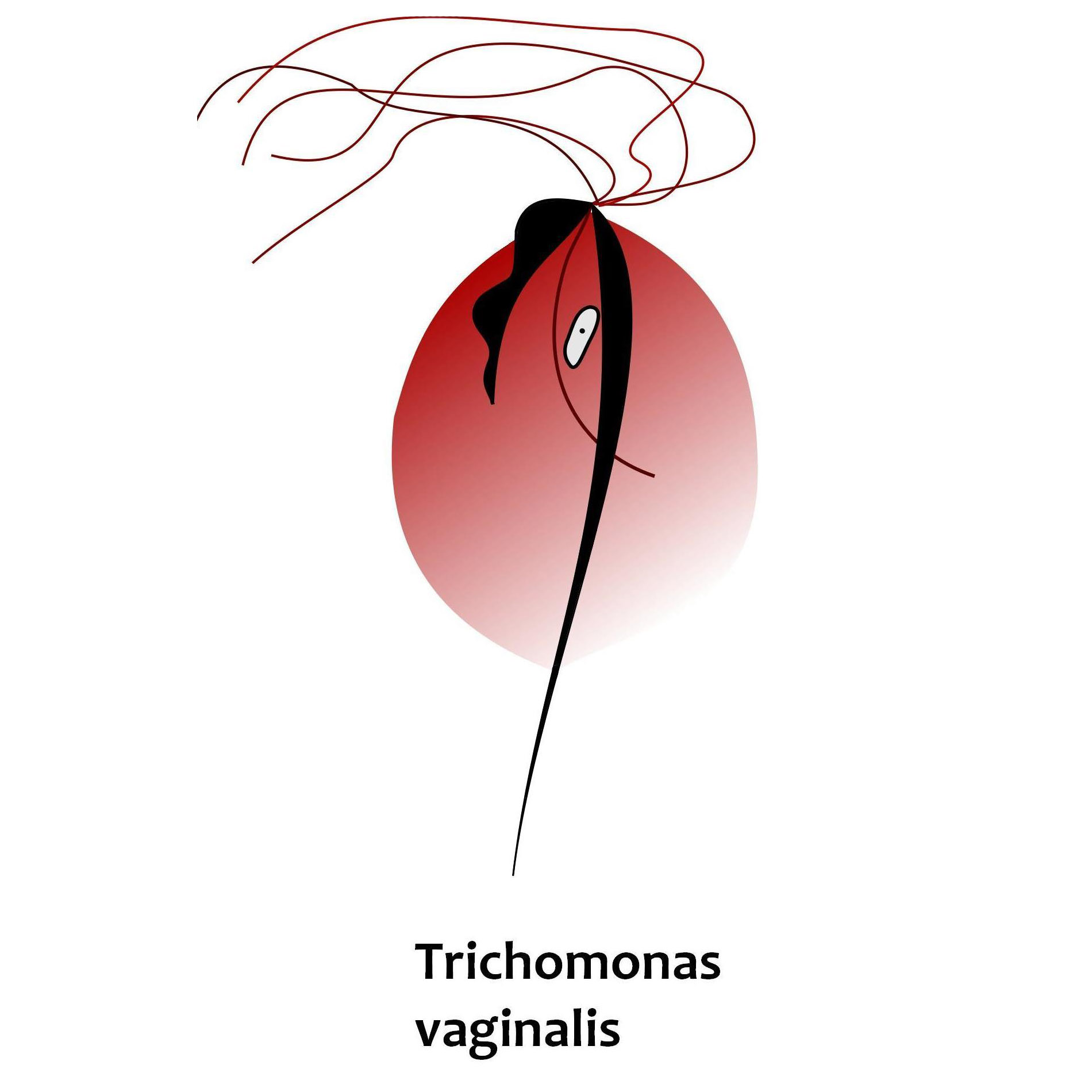Chlamydia
Cause: Bacterium
Symptoms: The most frequently reported bacterial STI in the United States. In women, abnormal vaginal discharge or burning sensation
when urinating; may be followed by pain in low abdomen or lower back, nausea, fever, pain during intercourse, or bleeding between menstrual
periods. In men, discharge from penis or burning sensation when urinating.
Treatment: Antibiotics
U.S. Rate: 4,303.7 per 100,000
Genital HPV infection
Cause: Virus
Symptoms: One of the most common STIs in the world. Causes no symptoms or health problems in most people, but certain types may cause
genital warts and others can cause cervical cancer in women and other cancers of the genitals in both sexes.
Treatment: A vaccine is now available and is recommended for 11- and 12-year-old girls who are not yet sexually active.
U.S. Rate: 15,610.7 per 100,000
Genital herpes
Cause: Virus
Symptoms: Blisters on or around the genitals or rectum that break and leave sores, which may take 2 to 4 weeks to heal; some people
may experience fever, swollen glands, and other flu-like symptoms. Later outbreaks are usually less severe and shorter. Many people never
have sores and may take years to realize they are infected. May lead to potentially fatal infections in babies and makes infected person
more susceptible to HIV infection.
Treatment: There is no vaccine or cure, but antiviral medications can shorten and prevent outbreaks.
U.S. Rate: 789.0 per 100,000
Gonorrhea
Cause: Bacterium
Symptoms: Some men and most women have no symptoms. In men, a burning sensation when urinating; a white, yellow, or green discharge
from the penis; painful or swollen testicles. In women, symptoms—pain or burning during urination, increased vaginal discharge, vaginal
bleeding between periods—may be so mild or nonspecific that they are mistaken for a bladder or vaginal infection. May cause pelvic
inflammatory disease (PID) in women and infertility in both sexes. Infected person can more easily contract HIV.
Treatment: Antibiotics
U.S. Rate: 1,000.9 per 100,000
HIV/AIDS
Cause: Virus
Symptoms: Infection with the human immunodeficiency virus (HIV) eventually leads to acquired immune deficiency syndrome (AIDS).
Infection with other STIs increases a person’s likelihood of both acquiring and transmitting HIV. Soon after exposure, some people have
flu-like symptoms: fever, headache, tiredness, swollen lymph glands. Months or years later, when the virus has weakened the immune system,
the person may experience lack of energy, weight loss, frequent fevers and sweats, yeast infections, skin rashes, short-term memory loss.
Symptoms of full-blown AIDS include certain cancers (Kaposi’s sarcoma and lymphomas), seizures, vision loss, and coma. A leading cause of
death among young adults in many nations.
Treatment: There is no vaccine or cure, but antiretroviral drugs can slow the growth of the virus; antibiotics can cure some
secondary infections, and various treatments are available to relieve painful or unpleasant symptoms.
U.S. Rate: 19.7 per 100,000 (ages 13–24)
Syphilis
Cause: Bacterium
Symptoms: Symptoms may not appear for years. Primary stage: One or more sores (chancres) a few days or weeks after exposure.
Secondary stage: Skin rash, lesions of mucous membranes, fever, swollen lymph glands, sore throat, patchy hair loss, headaches, weight loss,
muscle aches, fatigue. Latent stage: Primary and secondary symptoms disappear, but infection remains in the body. Late stage (10 to 20 years
after first infection): Damage to brain, nerves, eyes, heart, blood vessels, liver, bones, and joints, progressing to difficulty
coordinating muscle movements, paralysis, numbness, blindness, dementia.
Treatment: Penicillin injections will kill the syphilis bacterium and prevent further damage but cannot repair damage already done.
U.S. Rate: 18.4 per 100,000
Trichomoniasis
Cause: Trichomonas vaginalis, a single-celled protozoan parasite
Symptoms: Most men have no symptoms, but some may temporarily have irritation inside the penis, mild discharge, or slight burning
after urination or ejaculation. Women may have a frothy, yellow-green, strong-smelling vaginal discharge and may experience discomfort
during intercourse and urination; irritation and itching of the genital area; and, rarely, lower abdominal pain.
Treatment: A single oral dose of metronidazole or tinidazole
U.S. Rate: 320.2 per 100,000
